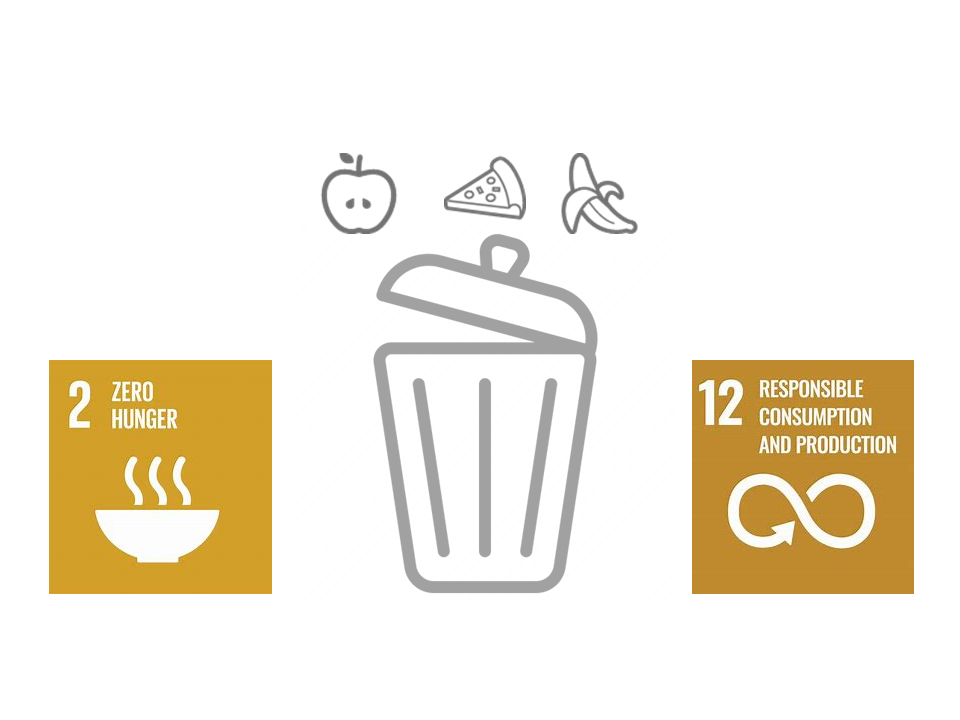Pick Up
989. The Severity of the Food Waste Problem

989. The Severity of the Food Waste Problem
From an environmental perspective, food loss (food lost before reaching retailers and consumers) and food waste (food discarded by retailers and consumers) must be reduced. In particular, food waste, including food waste at the point of delivery and waste by consumers themselves, is a problem that is familiar to the average consumer and requires action to be taken.
The United Nations Environment Programme (UNEP) estimated that 783 million people worldwide would experience hunger by 2022, with one-third of the global population facing problems accessing nutritious food and the equivalent of one billion meals being wasted every day. In addition to economic losses, food waste exacerbates climate change, biodiversity loss, and environmental pollution, and urgent measures are required to reduce it.
In 2022, 1.05 billion tons of food waste were estimated. This means that the equivalent of 79 kg per person per year, or one-fifth of the food that should be served to consumers, is wasted. Of the food wasted in 2022, 60% was reported to come from the household sector, 28% from the food service sector, and 12% from the retail sector. The latest data shows that food loss and food waste are estimated to be responsible for 8–10% of greenhouse gas emissions, which is five times the emissions from the aviation sector. They are also responsible for biodiversity loss, as food from the world’s agricultural lands is wasted. The global economic impact of food systems and food waste is estimated to be equivalent to $1 trillion.
The problem is not confined to high-income countries, with average food waste per household reported to be only about 7 kg per person per year between high-income and upper-middle-income countries and lower-middle-income countries. Countries with hotter average temperatures tend to have higher per capita household food waste due to high consumption of perishable foods with large amounts of inedible parts and the lack of a well-developed cold chain.
In urban areas, reducing food waste and promoting a circular economy are expected to have a significant impact. In rural areas, food waste is generally low, possibly due to the recycling of surplus food as pet and livestock feed or as homemade compost.
To reduce food waste, countries need reliable baselines and regular surveys. In fact, Japan and the United Kingdom have reported significant food waste reductions of 31% and 18%, respectively, through policies and partnerships.
UNEP emphasized the importance of implementing solutions to reduce food waste. They called for sharing best practices and lessons learned through public-private partnerships and promoting innovation for long-term, comprehensive change.
Reference
UNEP (2024) Food Waste Index Report 2024
https://www.unep.org/resources/publication/food-waste-index-report-2024
Contributor: IIYAMA Miyuki (Information Program)
